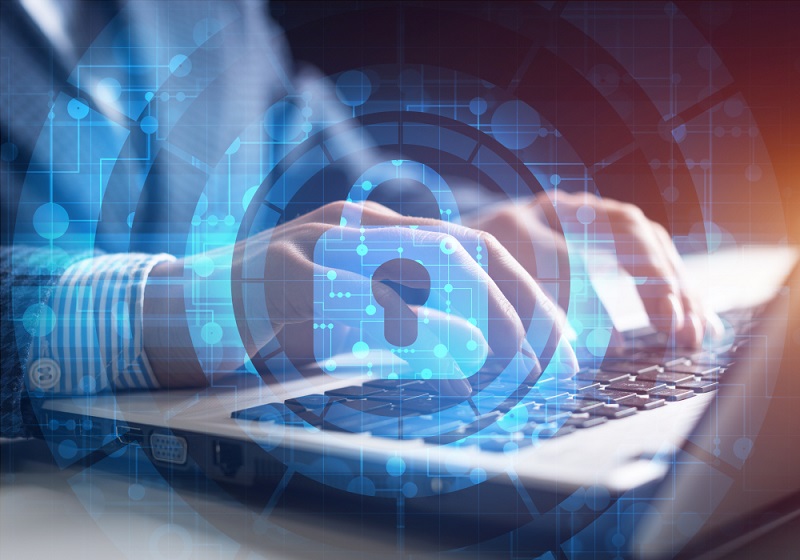What is Spyware and How to Protect Yourself
2022 / 10 / 15Malicious spyware discreetly conceals itself in order to install and run undetected. As a result, its infection techniques are typically hidden within what appear to be legitimate files or web pages. Through the use of vulnerability exploits, this malware may be present in or alongside trusted software and websites as well as in specially created malicious software and websites.
Spyware is frequently distributed through bundleware, also known as bundled software products. In this instance, the software joins a different application that you consciously download and install.
Some packaged malware sneakily installs without notification. In other instances, the licensing agreement for the desired software to be installed will refer to and require the spyware within the license agreement. So, you inadvertently expose yourself to infection by being forced to accept the entire software bundle in order to install the desired program.
As an alternative, spyware can enter a computer by any method that other malware uses, such as when a user visits a website that has been infiltrated or clicks on a malicious email attachment.
Be aware that spyware differs from viruses in several ways. While both malware kinds can lurk on your device, viruses are built to spread quickly and embed themselves in other device files. This replication characteristic is absent from spyware.
Types of Spyware
Spyware is a broad category of software. It is a distinct subcategory of malware that includes Trojans, mobile information-stealing apps, software displaying advertisements, and keyboard monitoring.
Mobile spyware: mobile spyware is risky because it can spread via text messages using the Short Message Service or Multimedia Messaging Service and often runs commands without the need for user participation. The camera and microphone of a smart device that has mobile spyware sideloaded with a third-party program may be used to spy on surrounding activities, record phone calls, monitor browser behavior, and record keystrokes.
Cookies: one of the most popular forms of adware uses cookies to monitor and collect users' personally identifiable information (PII) and web surfing behaviors. To target advertising in a contextual marketing campaign, an advertiser may utilize tracking cookies to keep track of the websites a person visits. For instance, a marketer may monitor a user's downloads and browsing history with the aim of displaying pop-up or banner adverts to entice the user to make a purchase. Regulations like the General Data Protection Regulation have been implemented to protect the PII of website users since data obtained by spyware is frequently sold to other parties.
Keyloggers: Cybercriminals frequently utilize keyloggers, a sort of system monitor, to steal PII, login passwords, and critical company data. Keyloggers can be used by employers to monitor workers' computer use, by parents to monitor their children's internet use, by device owners to look into suspected unlawful activity on their devices, and by law enforcement to investigate computer-related crimes.
Hardware keyloggers: while software keylogging applications do not require physical access to the user's computer for installation, hardware keyloggers look like USB flash drives and act as a physical link between the computer keyboard and the computer. Software keyloggers can be downloaded knowingly by a person who wishes to keep tabs on activities on a specific machine or unknowingly and run as remote access.
Adware: malicious adware is frequently downloaded via the internet as part of free software, shareware programs, and utility packages. It can also be covertly put onto a user's device when they visit a website that is infected. Antimalware software frequently flags adware to determine whether a program is harmful or not.
Trojans: trojan horses are often malicious programs that pose as trustworthy applications. Unknowingly installing a file that seemed like legitimate software might give Trojan access to a victim's PC. The Trojan can then remove files, encrypt documents for ransom, or give access to the user's data to other hostile parties.
Suggested Measures for Spyware Prevention

The most effective means of preventing spyware is to uphold rigid cybersecurity standards. The following are some best practices: avoiding opening email attachments or clicking on links from shady senders; reading all software installation instructions; avoiding pop-up advertisements; only installing software from reputable sources; staying up to date with browser, operating system (OS), and application software updates; using only dependable antivirus software and spyware removal tools, and activating two-factor authentication for apps.
Suggested Solutions for Spyware Removal
Prior to learning how to remove spyware, users must learn how to detect the spyware’s existence. Some signs to look for are: the device operates slower than usual, the device keeps crashing, ads appear even when the user is not connected, or there is no more space on the device’s hard drive.
In case any of the above signs have been detected, the following solutions for removal should be considered: cut off the internet connection; check the list of installed apps/programs and delete the ones you do not recognize then restart the device; use an antivirus or antispyware program.

